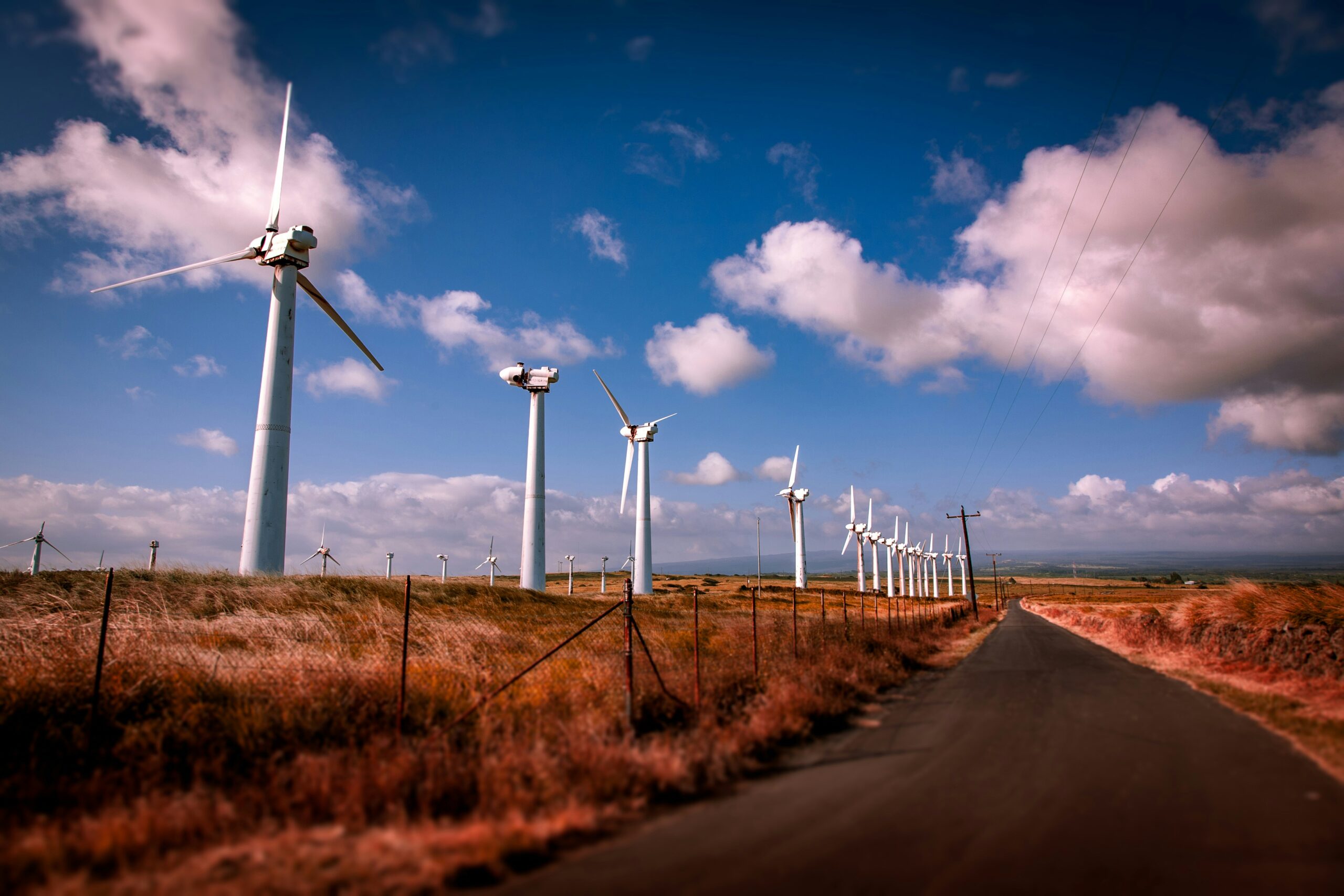With rising global concerns about climate change and energy security, renewable energy technologies are at the forefront of global development. Nations are transitioning from fossil fuels to sustainable energy solutions like solar, wind, hydro, and bioenergy.
Types of Renewable Energy Technologies
- Solar Energy
Uses photovoltaic (PV) cells to convert sunlight into electricity.
Applications: rooftop solar, solar farms, solar water heating.
Example: Solar parks in India and China.
- Wind Energy
Wind turbines convert wind into power.
Offshore and onshore wind farms are expanding rapidly.
Example: Hornsea Wind Farm in the UK.
- Hydropower
Dams generate electricity through water flow.
Reliable but environmental concerns exist.
Example: Three Gorges Dam in China.
- Bioenergy
Converts organic waste into energy.
Includes biogas, biomass, and biofuels.
Example: Brazil’s ethanol production.
- Geothermal Energy
Harnesses Earth’s internal heat.
Used for heating and electricity generation.
Example: Iceland leads in geothermal usage.
Benefits of Renewable Energy
Eco-friendly with zero emissions.
Energy independence for nations.
Cost-effective in the long run.
Job creation in green industries.
Sustainability for future generations.
Challenges
High upfront investment.
Storage issues (especially with solar & wind).
Grid integration problems.
Political and policy barriers.
Future Trends
Smart grids for efficient distribution.
Battery innovations (lithium-ion & beyond).
AI in energy management.
Hydrogen energy expansion.
Global carbon neutrality targets by 2050.
Conclusion
Renewable energy technologies are not just alternatives; they are the future of global power generation. By investing in solar, wind, and emerging innovations, nations can secure energy while protecting the planet.
FAQs
Q1: Which country leads in renewable energy?
China, followed by the USA, India, and Germany.
Q2: Is renewable energy cheaper than fossil fuels?
Yes, long-term renewable energy is cost-effective.
Q3: Can renewable energy fully replace fossil fuels?
Yes, but requires infrastructure upgrades and storage solutions.
Q4: What is the fastest-growing renewable source?
Solar and wind are currently leading globally.
Q5: What role does AI play in renewable energy?
AI helps optimize energy storage, distribution, and forecasting.

